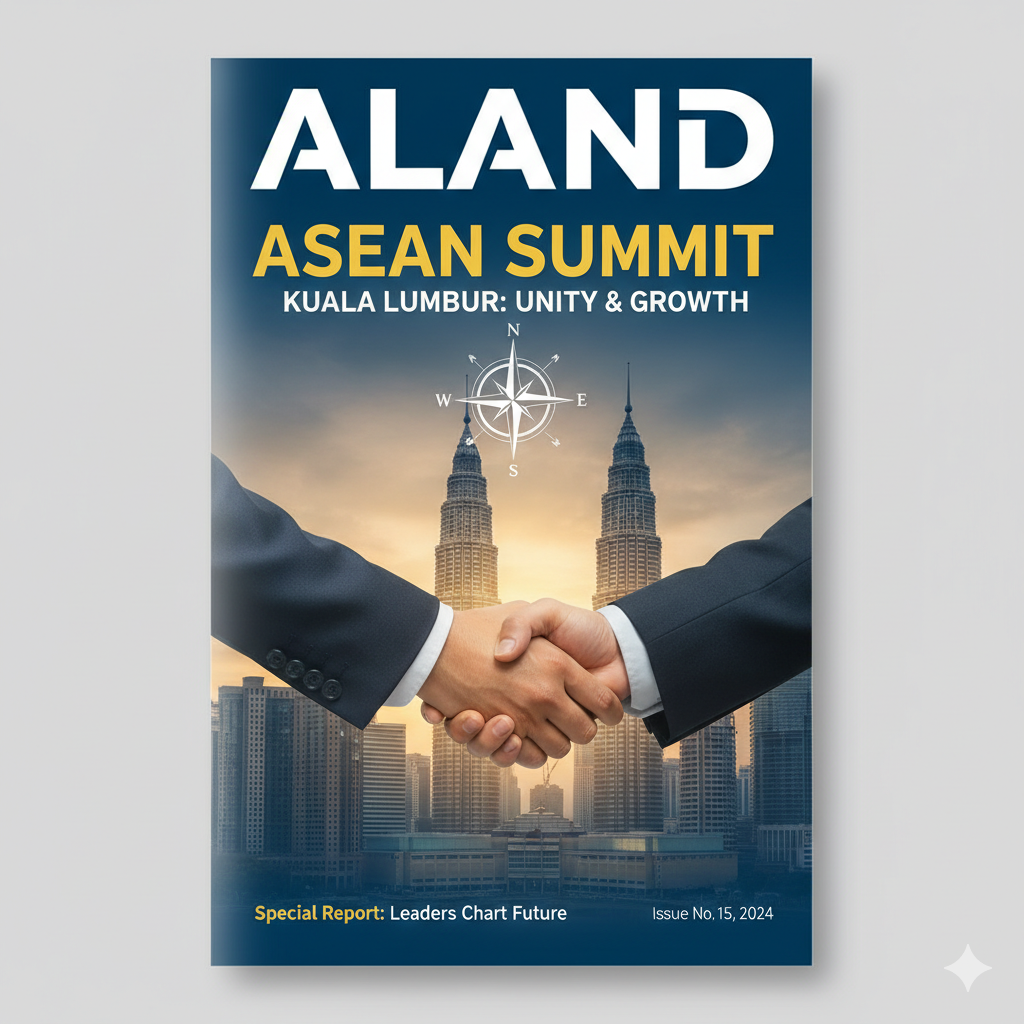ASEAN Summit in Kuala Lumpur: Leaders Chart Course for Unity and Growth
Published Date: 26th Oct, 2025
Breakthrough Ceasefire Sets Tone
A landmark moment came early as U.S. President Donald Trump, on his first Asia-Pacific visit since re-election, joined Malaysian Prime Minister Anwar Ibrahim, Thailand’s Prime Minister Anutin Charnvirakul, and Cambodia’s Prime Minister Hun Manet to sign the "Kuala Lumpur Peace Accords." The agreement expands a ceasefire along the Thai-Cambodian border, halting months of clashes over disputed territories. With provisions for joint economic zones and border patrols, the deal is a diplomatic coup for ASEAN, bolstered by U.S. mediation.
"This is a win for peace and a model for the region," Trump said, emphasizing the accord’s potential to unlock trade and stability. Observers see it as part of Washington’s strategy to counter China’s growing influence, particularly in the South China Sea.
Economic Pacts to Bolster Resilience
The summit’s economic agenda took center stage, with ASEAN’s 10 member states – Brunei, Cambodia, Indonesia, Laos, Malaysia, Myanmar, the Philippines, Singapore, Thailand, and Vietnam – advancing trade and sustainability goals. Trump secured bilateral deals with Malaysia, Vietnam, and Thailand to ease tariffs and boost U.S. exports, from agricultural goods to clean energy tech. Malaysia committed to unrestricted rare-earth mineral exports, a critical move amid global supply chain strains driven by U.S.-China trade tensions. Vietnam pledged to narrow its $123 billion trade surplus with the U.S., while Thailand agreed to slash tariffs on nearly all American goods.
The 5th Regional Comprehensive Economic Partnership (RCEP) Summit and 3rd Asia Zero Emission Community (AZEC) Meeting pushed green initiatives, including a plan for carbon-neutral shipping routes by 2030. These efforts aim to insulate ASEAN’s $3.6 trillion economy from global disruptions while fostering sustainable growth.
East Timor Joins the Fold
A historic highlight was East Timor’s formal entry as ASEAN’s 11th member, completing its accession by ratifying the ASEAN Charter and the Southeast Asia Nuclear-Weapon-Free Zone Treaty. President José Ramos-Horta called it "a dream realized for our people," marking the bloc’s first expansion since 1999. With East Timor, ASEAN’s population swells to over 680 million, amplifying its geopolitical weight.
Global Partners Weigh In
The summit’s broader dialogues underscored ASEAN’s global reach. Indian Prime Minister Narendra Modi, addressing the 22nd ASEAN-India Summit virtually, hailed Malaysia’s leadership and welcomed East Timor. He announced 2026 as the ASEAN-India Year of Maritime Cooperation, focusing on security and blue economy ties, while offering condolences to Thailand for the loss of Queen Mother Sirikit. Japan’s Foreign Minister Sanae Takaichi, at the ASEAN-Japan Summit, emphasized tech collaboration and disaster preparedness, reinforcing Tokyo’s regional commitments.
Protests and Challenges
Outside the convention center, hundreds of demonstrators gathered in Kuala Lumpur’s streets, protesting U.S. support for Israel’s actions in Gaza. Waving banners and chanting slogans, the peaceful rallies underscored ASEAN’s challenge in navigating divisive global issues. The Myanmar crisis and South China Sea disputes also loomed large, with leaders expected to address these in closed-door sessions.
Looking to 2045
As the summit progresses, anticipation builds for the Kuala Lumpur Declaration on ASEAN 2045, a roadmap extending the bloc’s 2025 Community Vision. With digital economy frameworks, upgraded trade agreements, and climate commitments on the horizon, Malaysia’s chairmanship is poised to cement ASEAN’s role as a global economic powerhouse.
Prime Minister Ibrahim, in his opening remarks, struck an optimistic note: "Together, we build a future where no nation is left behind, and our planet thrives." As leaders negotiate behind closed doors, the summit’s outcomes could redefine Southeast Asia’s trajectory for decades to come.
Date: 26th Oct, 2025

